Carnival and Royal Caribbean are currently two of the most popular cruise lines in the world. Every year, millions of travelers set sail on their ships.
If you’ve never taken a cruise before, or if you’ve only traveled with one of these cruise lines, you might assume that Carnival vs. Royal Caribbean are basically the same. And while the two do share a lot of similarities, there are also some key differences that set them apart—ones that can shape your cruise experience.
So, if you’re curious about how they differ, here are some major points of comparison:

Carnival vs. Royal Caribbean different between
1. Pricing
Both Royal Caribbean and Carnival offer budget-friendly vacation options, even though overall prices for cruises have been trending upward in recent years.
However, if you’re looking for the more affordable cruise line overall, Carnival tends to be the cheaper option. Based on my analysis from about a year ago, I compared a dozen cruises from both lines departing from three of their most popular ports: Miami, Port Canaveral, and Galveston. These overlapping departure points allowed for a fair price comparison for similar itineraries.
Looking at fares for trips in peak cruise season—specifically July 2024—I found that, on average, Carnival’s prices were lower. For example, for a 5-night cruise, Carnival was about $50 cheaper per person compared to Royal Caribbean.
2. Cruise Duration & Ship Types
It’s worth noting that Royal Caribbean often offers longer cruises. In my research, many of their sailings, like those on the Icon of the Seas out of Miami, were 7-night trips. These cruises also tended to have higher prices, especially because the ships themselves—like Icon of the Seas—are some of the newest and most feature-packed in the industry.
So while the average price might seem higher for Royal Caribbean, it’s partly due to the fact that their ships and itineraries often offer longer and more premium experiences.
Just because Carnival cruises tend to have lower average prices doesn’t mean your specific cruise will always be cheaper. The cost depends on several factors, including:
- The ship you choose
- The time of year you sail
- The length of your cruise
- The itinerary or route
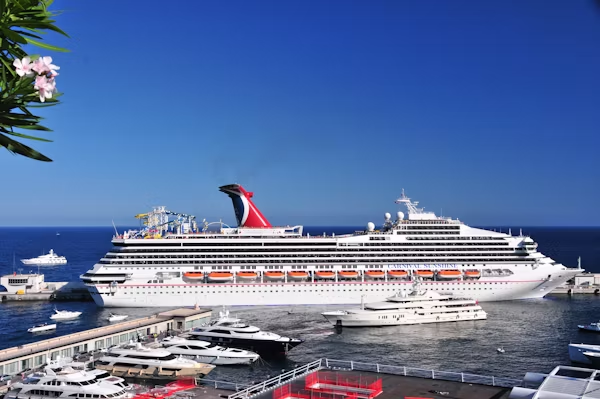
Ships & Size Comparison
Both Royal Caribbean and Carnival have fleets that include everything from older, smaller ships to brand-new mega-ships. But when you compare their vessels side by side, there are some clear differences.
Royal Caribbean is known for having the largest cruise ships in the world. While Carnival ships can be similar in length, Royal Caribbean’s biggest ships are significantly larger in overall size.
Take the Wonder of the Seas, for example—a Royal Caribbean ship that’s nearly 1,200 feet long and can carry over 5,700 guests at double occupancy. It belongs to the Oasis class, which includes several of the largest ships on the planet. Its gross tonnage is around 237,000 GT.
But that’s not even the biggest anymore.
The Icon of the Seas, also from Royal Caribbean, now holds the title for the world’s largest cruise ship, weighing over 250,000 gross tons. In fact, the top six largest cruise ships in the world all belong to Royal Caribbean.
In comparison, Carnival’s largest ship—the Carnival Celebration—comes in at 183,000 gross tons, which is about 75% the size of Royal Caribbean’s largest vessel. That alone tells you just how massive Royal Caribbean’s ships are.
3. Entertainment & Activities
The good news? Both cruise lines offer nonstop entertainment.
From comedy shows and game nights to casinos and competitions, you’ll find plenty of fun on both Carnival and Royal Caribbean. But when it comes to stage performances, Royal Caribbean tends to take the lead—especially on their newer and larger ships.
Royal Caribbean ships feature exclusive entertainment venues like the AquaTheater (on Oasis and Icon class ships), where you can watch jaw-dropping acrobatic water shows not found on any other cruise line.
In terms of onboard activities, both cruise lines are packed with things to do—but Royal Caribbean often stands out for its innovation.
On their newest ships, you can enjoy:
- The tallest slide at sea
- Bumper cars
- Ice skating rinks
- A surf simulator
- Escape rooms
- And even an observation pod that lifts you high above the water for panoramic views.
The Icon of the Seas even has a full-featured water park with six slides!
Carnival also offers tons of fun things to do—but they tend to lean toward more classic cruise experiences like:
- Poolside movies
- Mini golf
- Jogging tracks
However, Carnival is also stepping up its game. Their new ships like Carnival Celebration and Jubilee include some exciting features such as:
- The only roller coaster at sea
- IMAX theaters, which no other cruise line offers

4. Cruise Accessibility from Ports
One big advantage for both cruise lines is their expanding fleets, which lets them operate from a wider range of ports—including smaller regional ports.
If you live near a major cruise port like Miami or Galveston, you’ll have access to both lines and plenty of options.
But even if you’re near smaller ports like Mobile, Jacksonville, or Charleston (South Carolina), Carnival still has ships departing from these locations.
Royal Caribbean is also growing in this area, with sailings available from ports like Baltimore and New Orleans.
The benefit of cruising from a smaller port? You can avoid the extra cost of airfare. That’s a huge bonus for travelers who might find flights to be an added expense on top of their cruise fare.
Many people often complain—especially with the newer, larger cruise ships—that there are just too many passengers. And honestly, that’s kind of become a fact of cruise life now.
But here’s where it gets interesting: the real difference between cruise lines is how much space each guest gets onboard.
There’s no exact way to measure this, since it often depends more on the ship’s design and layout than anything else. However, one helpful metric is the space ratio—which is simply the ship’s gross tonnage divided by its guest capacity. This gives an idea of how much space is available per person.
When comparing Royal Caribbean and Carnival:
- Royal Caribbean ships typically measure in the low 40s for space ratio—whether it’s a new ship or an older one.
- Some Carnival ships also fall in the 40s, but most range between 34 to 37—which means noticeably less space per guest.
So, if you ever feel that Carnival ships seem more crowded, it’s probably not just your imagination.
Now, if you’re someone cruising on a budget, there’s another point to consider that could be a bit frustrating—dynamic pricing, especially on Royal Caribbean.
Unlike fixed pricing, Royal Caribbean doesn’t set one price for things like specialty restaurants or drink packages. Instead, prices fluctuate depending on the specific cruise.
So, for example, you might book one cruise and see a certain price for an activity, only to find a completely different price for the same thing on another cruise. This applies to many extras, like:
- Drink packages
- Admission to Thrill Waterpark at CocoCay (which can go over $150 per person)
Because prices aren’t fixed, it can be harder to plan your budget in advance. You might not know how much some onboard experiences will cost until after you’ve already booked.
On the other hand, Carnival tends to follow a more traditional pricing model, where costs are more consistent from cruise to cruise. So even if you haven’t booked yet, you can still get a pretty good idea of what you’ll be spending onboard.
Let’s talk about alcohol—a big business on cruises.
It’s not uncommon to pay:
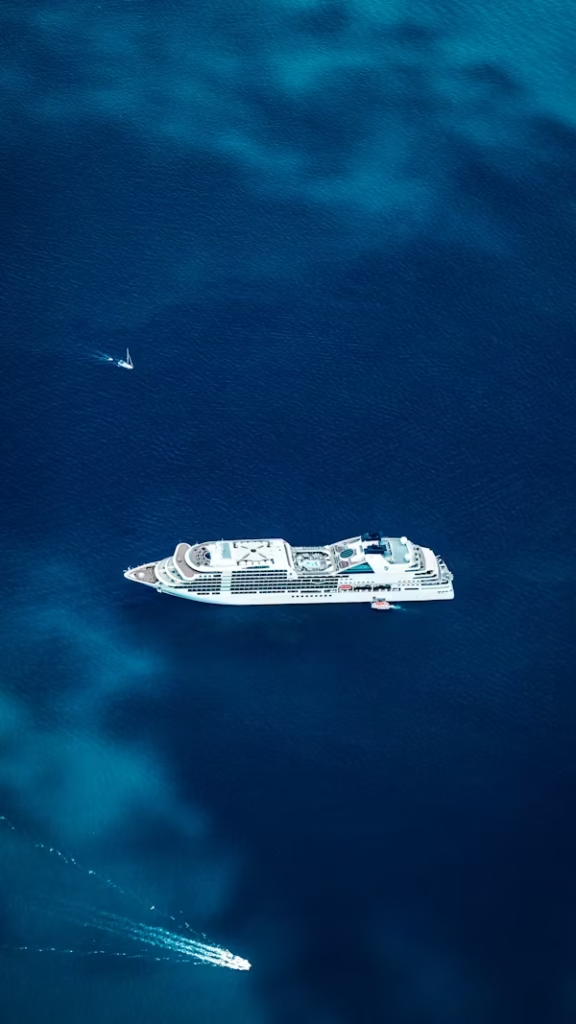
- $7 to $9 for a beer
- $11 to $14 for a cocktail
And that bar tab can really add up fast. To help with this, both Carnival and Royal Caribbean offer drink packages. These let you pay a flat daily rate and then enjoy unlimited drinks without worrying about the individual costs adding up.
However, there are differences:
- Carnival’s “Cheers” package is generally cheaper than Royal Caribbean’s drink package.
- Carnival charges around $60/day (if purchased before the cruise).
- Royal Caribbean uses dynamic pricing, so the cost of the drink package depends on your specific trip.
- Most of the time, it ends up being more expensive than Carnival’s.
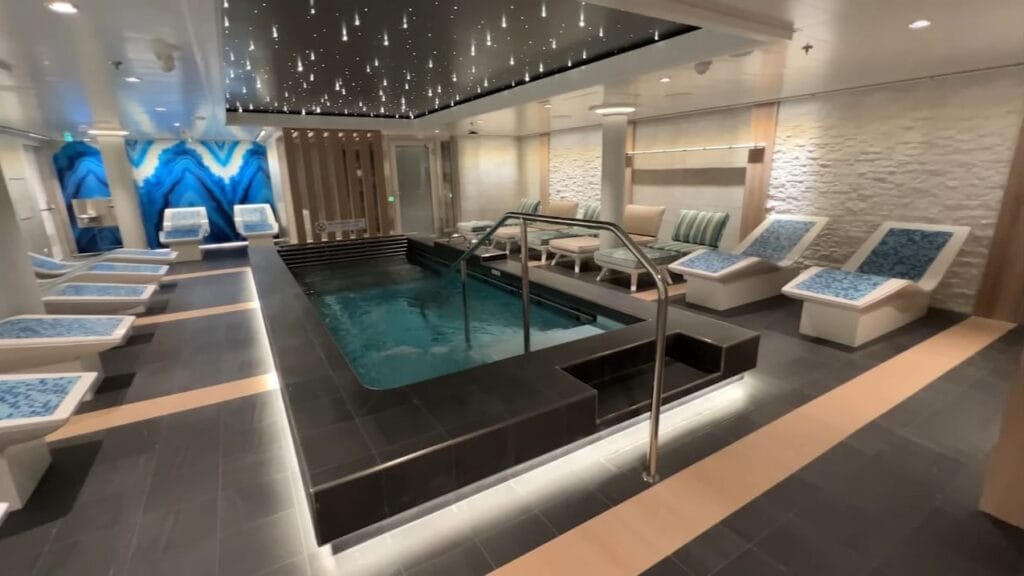
One more thing to note: Carnival has a 15 alcoholic drink limit per 24 hours as part of their package.
Non-alcoholic drinks are unlimited on Carnival, while Royal Caribbean doesn’t officially mention any such limits on their cruises.
Now, let’s talk about the private islands these cruise lines offer.
For years, most cruise lines have had access to private islands, and they were pretty similar overall—some restaurants, a few shops, and the main attraction being the beautiful white-sand beaches and crystal-clear waters. These islands offered snorkeling, beach activities, kayaking, and more.
However, that all changed significantly when Royal Caribbean revamped CocoCay.
They invested a massive $250 million to completely transform it from a sleepy tropical island into a fully developed theme park-style destination.
- One of the tallest water slides in the world
- Pools, bars, and a wide range of restaurants
- It has become the gold standard when it comes to private cruise destinations.
When compared, Carnival does have its own private island destinations, which are very enjoyable, but they don’t offer the same level of attractions or development as CocoCay.
That might change soon, though! Carnival has already broken ground on Celebration Key, a brand-new private destination in the Bahamas, expected to open in 2025. It’s designed to rival or even exceed what Royal Caribbean currently offers.
recent travel post
- how to travel to the seychelles for a first timers
- how to travel the amalfi coast on a budget
- How to travel internationally for the first time
- bora bora budget travel guide
- best places to visit in Miami for first time traveler

Now, let’s talk about food—because what’s a cruise without delicious meals?

Both cruise lines ensure you won’t go hungry, and both offer some truly tasty options. However, there is a difference in how many free vs. paid choices are available.
Carnival stands out by offering a wider variety of free food options.
Some of the most popular complimentary spots on Carnival ships include:
- Guy’s Burger Joint – serving fresh-grilled burgers with seasoned fries.
- BlueIguana Cantina – offering tacos and burritos.
- Pizzeria del Capitano – for a quick pizza fix.
- Big Chicken, Shebang, and the Deli – perfect for snacks or light meals.
All these are included at no extra cost.
While Royal Caribbean also offers great dining, including complimentary lunch spots, many of the premium options come at an additional charge, especially for dinner.
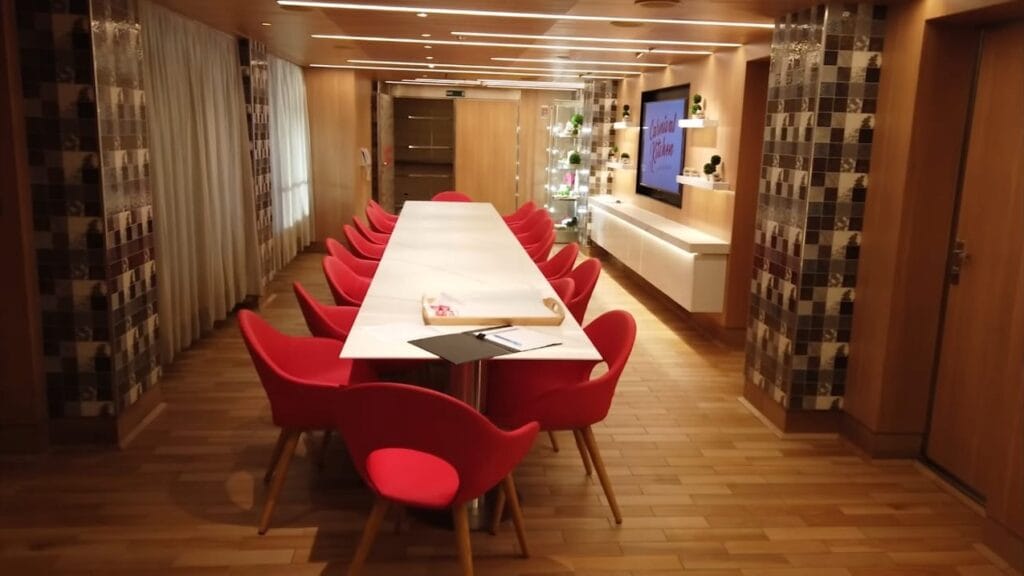
There are definitely free places to eat on both cruise lines, and larger ships usually offer even more complimentary options. However, outside of the buffet and main dining room, I feel like the free options tend to feel more like snacks than full meals, especially on some cruise lines.
Cruise lines today are putting a greater focus on specialty restaurants—which often come with an extra charge. These places usually lean more towards upscale, fine dining experiences.
When you’re cruising with Carnival, you really need to think of your trip as having two types of expenses:
- The cruise fare itself, which is often very affordable
- The onboard expenses, which can include drinks, Wi-Fi, excursions, specialty dining, and more
The good news? All of these extra charges are optional. If you don’t want to spend anything once onboard, you don’t have to. But if you do spend, you might notice that Carnival tends to be a bit more affordable overall than Royal Caribbean.
For example, a specialty cocktail on Royal Caribbean might cost around $14 per glass, while similar drinks on Carnival usually fall in the $10–$12 range.
Same goes for drink packages—Carnival’s tends to be cheaper, though with recent inflation and post-pandemic pricing, Carnival’s prices have gone up a bit to match Royal Caribbean in some areas.
Take internet, for example. Carnival’s highest-tier Wi-Fi package can now cost up to $25 per day if purchased on board.
That said, in general, Carnival still offers lower overall prices around the ship compared to Royal Caribbean.
Now, if you’re a Royal Caribbean fan but love to explore the world, you’re in luck. Royal Caribbean cruises sail everywhere—from the United States to Asia, Europe, and beyond. While most trips still depart from the U.S., they offer a wide variety of global options.
In comparison, Carnival is more focused on the U.S. Most of their cruises sail from American ports. They do have a few sailings in Europe, but they’re rare.
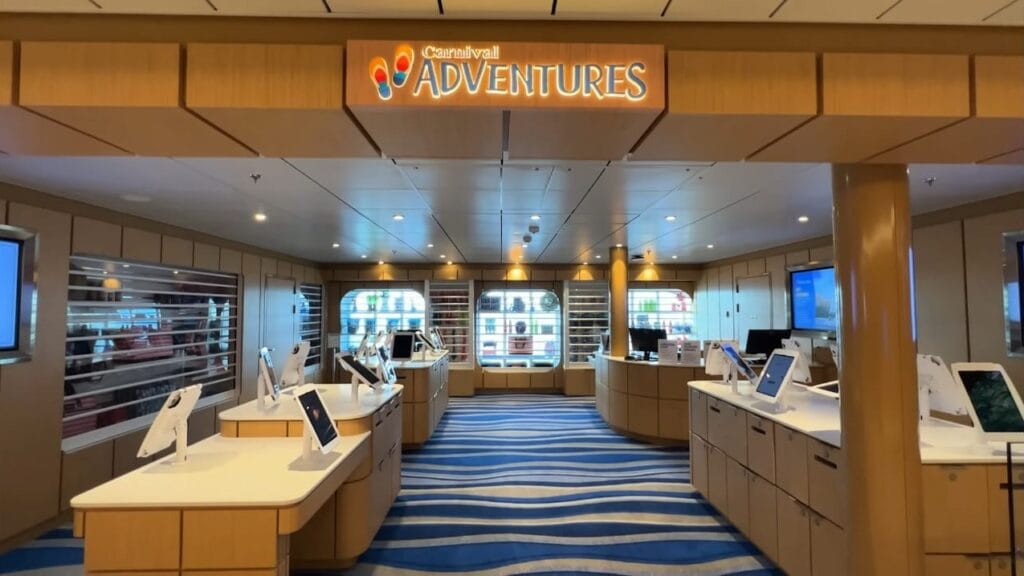
The one big exception is Australia—Carnival does operate cruises out of Brisbane and Sydney, making it a good option for Southern Hemisphere travelers.
So overall, Royal Caribbean is more of a global cruise line, while Carnival has a stronger U.S. focus.
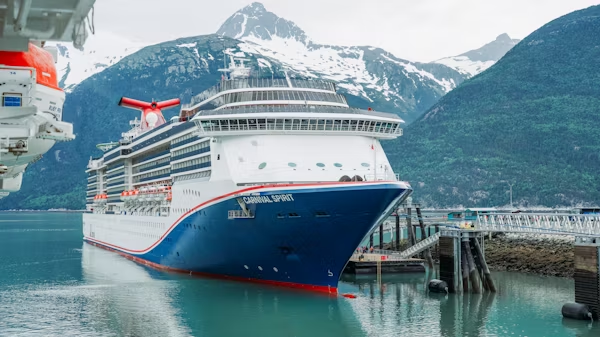
Thanks so much for reading post ! If you’ve ever cruised with Carnival or Royal Caribbean, I’d love to hear your thoughts—what do you think is the biggest difference between the two? Drop a comment below!



